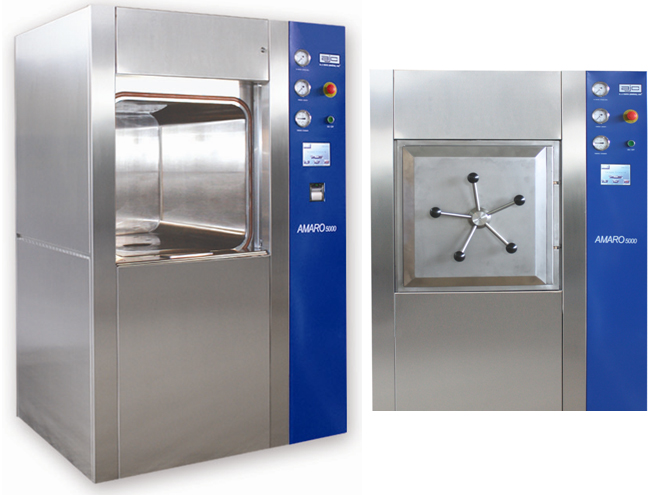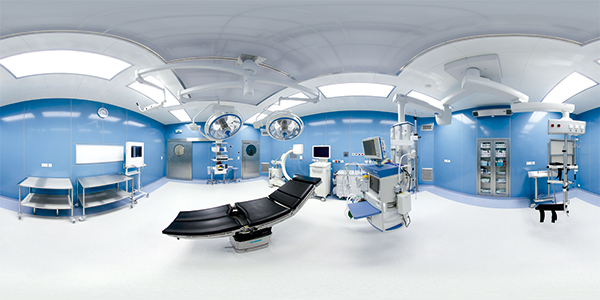Emerging Trends Re-Shaping the Medical Device Industry
The $3.2 trillion healthcare industry involves much more than physician’s visits and expensive drugs. Medical devices play an increasingly larger role in the healthcare industry each year, and some devices are even removing the medical provider from the equation. Here are just a few of the emerging trends that are reshaping the medical device industry.

Efficiencies in Medical Device Development
As these industries and their products continue to expand, there has been increasing focus on more efficient design and manufacturing processes for medical devices. Not only will greater efficiencies reduce costs in an increasingly competitive market, but design elements can be implemented that make products more customizable to various needs and adaptable to improvements. There have also been some better alliances along the supply chain in the medical device industry that allow for shorter development cycles and reduced waste.
3D Printing
The use of 3D printing across a variety of industries has exploded in recent years, and its application in the medical field has been cutting-edge. 3D printers are being used to produce such noninvasive devices as dental implants and prosthetic limbs. In the future, medical professionals are researching the possibility of using 3D printer technology to create orthotic implants like knee replacements. This technology is also currently being used for various medical device innovation, design, and development projects.
Wearable Medical Devices
While your family physician isn’t likely to disappear anytime soon, there has been a recent movement towards more decentralization of healthcare in the past few years. By this, we mean the use of mobile devices, Apps, and other DIY healthcare devices that are entering the market at a breakneck pace. There are some inherent dangers involved with self-diagnosis and treatment, yet wearables like the Fit Bit are also seen as good preventative healthcare devices. In fact, as increasing numbers of the population are now over the age of 65, there is a strategic change in focus in the medical device industry to wellness and prevention as opposed to diagnosis and treatment.
Medical e-Commerce
As our global populations explode and growing numbers of citizens pass retirement age, new and novel ways of providing healthcare services need to be discovered. Modern technology is being employed to do just that with medical e-commerce services, which takes patient care out of the doctor’s office and moves it to the World Wide Web. In these scenarios, patients can have online video consultations with a physician for minor issues, where they discuss symptoms, and then have a prescription shipped to their home. Wearable technology can also be used here if a medical provider is given access to vital signs through a patient’s smartwatch. Finally, look for the emergence of “bedless” hospitals, where surgical procedures take place as usual, but recovery is moved to the patient’s home or some other location.
While regulatory pressures in some countries, make getting approval for new medical devices a challenge, that hasn’t stopped the new innovators from entering the market. These fantastic new ideas that combine advanced technology and design principles are revolutionizing both patient care and illness prevention, which can only help ease the strain on our over-burdened healthcare system.


